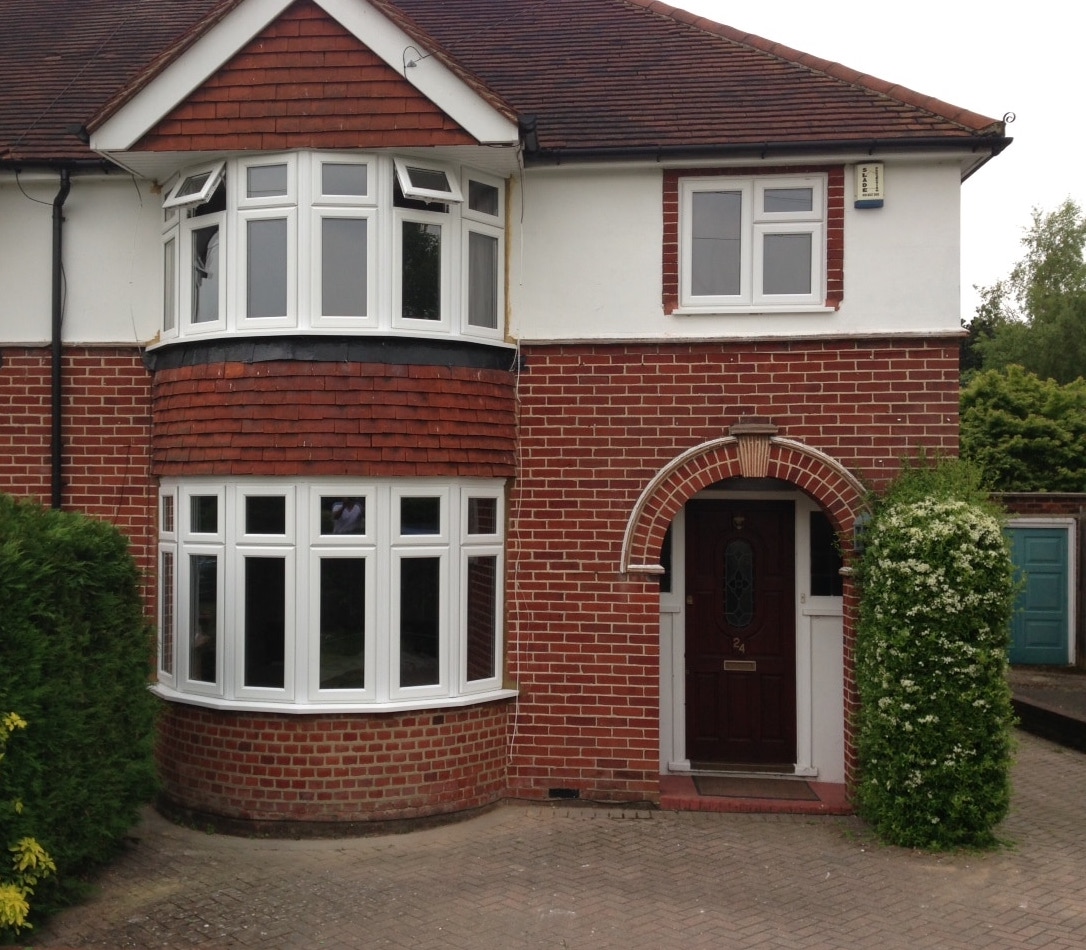
Bay Window Installation
FollowOverview
-
Founded Date 11 July 1991
-
Sectors IT Support
-
Posted Jobs 0
-
Viewed 26
Company Description
You’ll Never Be Able To Figure Out This Residential Bay Windows’s Benefits
Understanding Residential Bay Windows: A Comprehensive Guide
Bay windows have actually decorated homes for generations, lending both aesthetic appeal and practical advantages. Characterized by their special structure that protrudes from the main walls of a structure, these windows change a simple space into a dynamic, appealing area. This post digs into the attraction of bay windows, exploring their types, advantages, and useful factors to consider for property owners.
What Are Bay Windows?
Bay windows are a mix of 3 or more windows set at angles to develop a recess in the wall. They are usually composed of a central large window flanked by two smaller sized ones, forming a “bay” or nook. This architectural feature may be discovered in various styles, consisting of traditional, Victorian, and modern homes, and frequently extends outwards, providing extra space and natural light.

Types of Bay Windows
-
Canted Bay Windows: These are the most typical type, including a central window that extends outwards at a 30 or 45-degree angle with smaller sized windows on either side.
-
Box Bay Windows: This type forms a box-like structure; the front is usually rectangular, while the side windows open at right angles to the wall.
-
Oriel Bay Windows: Often found on upper floorings, these windows do not touch the ground, supported by brackets or corbels.
-
Circle Bay Windows: Featuring circular shapes, these windows develop a softer look. They are less typical and are frequently utilized to enhance specific architectural designs.
Benefits of Bay Windows
The addition of bay windows can significantly improve a home’s design and performance. Below are some benefits that house owners enjoy:
-
Increased Natural Light: Bay windows permit for more sunlight to go into living areas, lowering the requirement for artificial lighting and creating a brighter environment.
-
Improved Aesthetics: With their architectural elegance, bay windows can elevate the visual appeal of a home, increasing its market price.
-
Expanded Space: The protruding structure creates a charming nook for seating, plants, or storage, effectively increasing usable area without needing substantial restorations.
-
Enhanced Views: Bay windows often provide wider sightlines, permitting homeowners to delight in the surrounding surroundings more completely.
-
Ventilation Opportunities: When created properly, bay windows can improve air flow throughout a room.
A Quick Overview: Advantages of Bay Windows
| Advantage | Description |
|---|---|
| Increased Natural Light | More sunshine results in a brighter home |
| Boosted Aesthetics | Sophistication increases property value |
| Expanded Space | Offers additional locations for seating or storage |
| Enhanced Views | Broader views of the outdoor landscape |
| Ventilation Opportunities | Much better air flow results in a fresher environment |
Design Considerations for Bay Windows
When considering the installation of bay windows, property owners should think about numerous aspects related to design, products, and placement:
1. Architectural Style
- Make sure the bay window matches the existing design of the home, maintaining a cohesive appearance.
2. Material Choices
- Typical materials include wood, vinyl, aluminum, and fiberglass. Each has its own aesthetic appeal, upkeep needs, and insulation homes.
3. Window Configuration
- Pick the plan of the windows (e.g., double-hung, casement, or picture windows) based on lighting, ventilation, and architectural cohesiveness.
4. Roofing and Finishing
- Consider adding a roofing over the bay window for protection and enhanced looks. Alternatives consist of gabled, curved, or flat roofing systems.
5. Area
- The placement of the bay window must take into account the sun’s course, neighboring structures, and views.
Often Asked Questions (FAQs)
1. Are bay windows pricey to install?
- The cost varies based on size, materials, and design complexity. While preliminary expenses might be greater than standard windows, they frequently provide long-lasting advantages in terms of energy effectiveness and home resale worth.
2. Can I install a bay window myself?
- While DIY installation is possible for skilled people, it is usually suggested to hire a professional to make sure proper design, sealing, and structural stability, specifically if modifications to the home’s exterior are involved.
3. How do bay windows impact energy efficiency?
- Effectively installed bay windows can improve energy efficiency by making the most of natural light and reducing heat loss. Consider choosing energy-efficient glass and window frames to minimize energy expenses.
4. What home furnishings work well with bay windows?
- Homeowners frequently opt for integrated seating, such as benches, comfortable cushions, or decorative plants to make the most of the extended space.
5. Do bay windows need unique upkeep?
- Routine cleaning of the glass and looking for any water damage or sealing problems are important. The specific upkeep program depends on the products used.
Residential bay windows are more than just a captivating architectural information; they offer a plethora of advantages that can raise both the functionality and appearance of a home. While factor to consider of style, cost, and maintenance is necessary, the long-lasting advantages often exceed the preliminary financial investment. Whether boosting a traditional home or adding a modern twist to a contemporary design, bay windows work as a timeless choice for house owners wanting to invest in their areas.
In summation, bay windows can change any living location, providing appeal, comfort, and a connection to the world outside. As homeowners examine their options, it’s clear that these bewitching functions are deserving of factor to consider in both design and planning.



